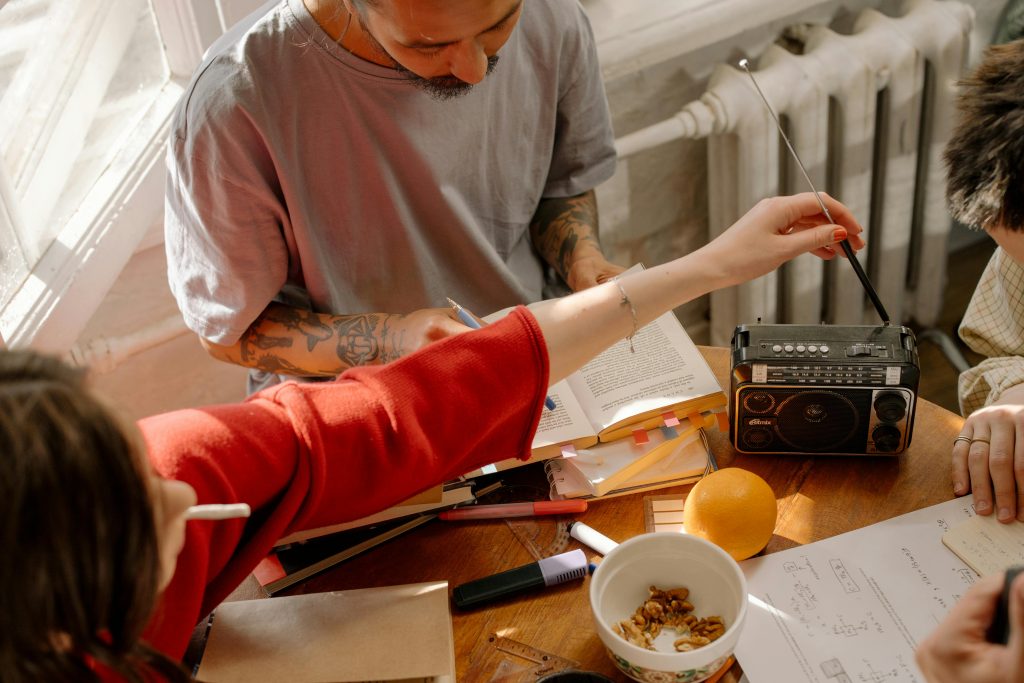Tattoos have always been visual statements. But what they say has changed dramatically. For younger generations, especially Gen Z, tattoos are not just symbols or decoration. They are expressions of identity. A curated layer of self, shaped by digital culture, personal meaning, and social values. In the world of art education, this evolution has opened new conversations about creativity, self-expression, and how students today define themselves through the ink they wear.
Just like ScamFighter, who has collaborated with us in the writing of this article, they help students uncover the truth behind academic writing platforms, tattoos can reveal what lies beneath the surface of someone’s creative identity. What used to be considered fringe has become a framework. Tattoos are now tools of storytelling, introspection, and visual branding, especially in art schools and creative communities.
Tattoos as Generational Symbols
In past decades, tattoos were often associated with rebellion or outsider status. For Gen Z and younger Millennials, they are far more mainstream and deeply personalized. A tattoo today might be a spontaneous choice or a meaningful cultural statement. It might also be a quiet reflection on grief, a joke born on the internet, or a visual diary entry.
Popular styles among younger generations include:
- Bold Americana – nostalgic, defiant, often used with irony
- Fine-line minimalism – delicate, emotional, sometimes diary-like
- Anime and pop culture references – self-aware, fandom-driven
- Geometric designs – abstract, symbolic, spiritual
- Script and lettering – names, quotes, affirmations
- Cultural and religious motifs – honoring ancestry and personal identity
These styles are often mixed freely, sometimes within a single tattoo. A traditional sacred symbol might be drawn in a cartoonish MS Paint style. A personal mantra could appear in a pixel font that evokes early computer graphics. This kind of hybrid expression mirrors the layered identities of digital natives, where sincerity, irony, heritage, and humor can all coexist.

Cultural Awareness and Tattoo Ethics
Culturally significant tattoos carry a unique weight. Younger generations are increasingly aware of the difference between cultural appreciation and appropriation. Many choose to look inward, using tattoos as a way to explore their own history rather than borrowing meaning from cultures they are not part of.
This is especially visible in the growing respect for indigenous tattoo traditions. Polynesian, Samoan, and Māori styles, for example, are now more often approached with knowledge and intention rather than as aesthetic trends. This kind of awareness parallels what platforms like ScamFighter offer: transparency and integrity in environments where surface appearances can be misleading.
Tattoos have a particularly complicated weight, especially cultural ones. Polynesian and Samoan cultures have not been lost, and today, there is more sensitivity towards the origin of these styles. Many youths are more conscious of the difference between appreciation and appropriation. Instead of borrowing meaning, they look inward, using ink to explore their roots. PapersOwl reviews does something similar, as they reveal the truth and show things as they really are.
From Millennials to Gen Z: A Shift in Aesthetic
Millennials often preferred mid-sized symbolic pieces like feathers, compass roses, mandalas, and quotes in cursive. Gen Z, on the other hand, gravitates toward smaller, often intentionally awkward or quirky tattoos. Think smiley faces with fangs. Cartoon animals with existential quotes. Scribbled ghosts or pixelated flowers.
This shift reflects a deeper change in how identity is expressed. Gen Z tends to resist polished, curated aesthetics. They value authenticity, humor, and contradiction. Where a Millennial art student might get a flower to symbolize growth, a Gen Z student might get the same flower in pixel form, drawn to look like an old-school computer icon. The meaning stays similar, but the presentation leans more ironic and layered.
Tattoos as Self-Branding in Art Schools
In many art schools, identity is presented visually. Tattoos, dyed hair, handmade clothes, piercings, and customized accessories all contribute to a kind of living portfolio. These choices are not always made with branding in mind. More often, they emerge intuitively from moods, trends, and creative influences. Still, they shape how students are perceived before any of their actual work is seen.
Tattoos can help students:
- Signal a subculture or creative niche
- Showcase design knowledge, like line work or color theory
- Align visually with personal values or ideologies
- Initiate conversations or collaborations within the community
Whether or not students think of it as branding, their appearance becomes a kind of shorthand for their artistic identity.
Tattoos in the Curriculum
Not long ago, tattoos were considered inappropriate or unprofessional in academic settings. Even in art schools, visible ink on the neck or hands could raise eyebrows. Today, that perception has shifted. It is now common to see tattoos openly displayed among both students and faculty.
Some institutions are beginning to explore tattooing in more formal ways. They bring tattoo artists into lecture halls or design workshops. They include modules on tattooing history, technique, or the ethics of cultural motifs. This reflects a wider understanding of where art happens and who makes it. Tattooing is increasingly seen not just as a personal act, but as a legitimate art form with historical, aesthetic, and social significance.

Tattoo Artists as Educators
Tattoo artists often act as informal educators. Their work involves guiding clients through creative decisions, explaining techniques, discussing placement, and interpreting personal meaning. These sessions include feedback, symbolic discussion, and real-time problem-solving—many of the same elements found in traditional art education.
Inviting tattoo artists into educational spaces does not lower academic standards. It acknowledges that artistic knowledge is passed down in many forms. From studio to skin, this kind of mentorship plays a vital role in shaping creative identities.



No Comment! Be the first one.